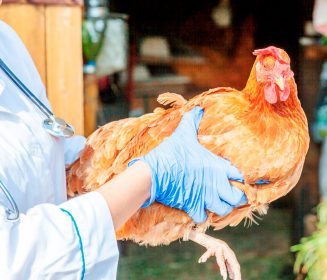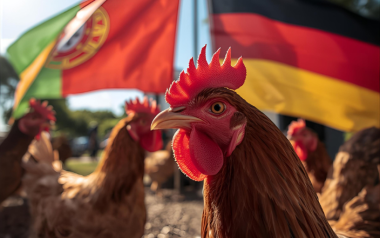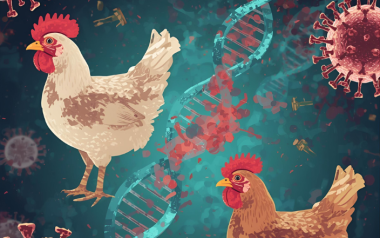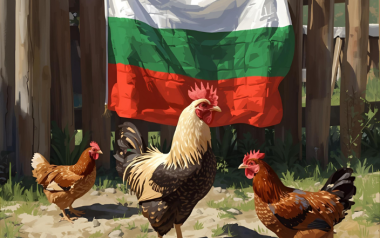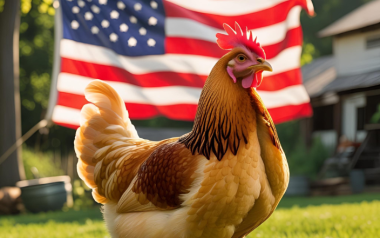Sources: Available upon request.
01 May 2024
U.S. authorities issue regulation to reduce Salmonella in frozen chicken products
U.S. agricultural authorities have issued a new regulation aimed at reducing salmonella contamination in certain frozen chicken products. The measure, announced on Friday, is designed to mitigate the risk of foodborne illness associated with consuming poultry.
In a significant move to enhance food safety, U.S. agricultural authorities have issued a new regulation aimed at reducing salmonella contamination in certain frozen chicken products. The measure, announced on Friday, is designed to mitigate the risk of foodborne illness associated with consuming poultry.
Here are the key points of the regulation:
- Reducing Salmonella levels: Poultry producers will be required to minimize this bacterium in specific chicken products to very low levels. This proactive step aims to prevent food poisoning caused by this pathogen.
- Effective date: The regulation will take effect in 2025.
- Salmonella as an adulterant: Under this regulation, salmonella will be classified as an adulterant when detected above certain thresholds in breaded and stuffed frozen chicken products. This includes items like frozen chicken cordon bleu and chicken Kiev—dishes that may appear fully cooked but have undergone heat treatment to set the filling or coating.
- Historic declaration: Notably, this marks the first time that the U.S. Department of Agriculture (USDA) has designated salmonella as an adulterant in raw chicken. Similar to how certain strains of E. coli are considered contaminants in raw ground beef sold in stores, the USDA now treats this bacterium in a similar manner.
- Consumer safety: If salmonella levels exceed the permissible limits, affected products must be removed from sale. This regulation aims to protect consumers from the serious health risks associated with this infections.
- Salmonella impact: This infections affect over 3 million people annually in the United States, resulting in approximately 420 deaths. Since 1998, at least 14 salmonella outbreaks and 200 illnesses have been linked to breaded or stuffed raw chicken products, according to data from the Centers for Disease Control and Prevention (CDC). In a 2021 outbreak, these products sickened dozens of people across 11 states, with 12 requiring hospitalization.
- Challenges and vigilance: Despite clear labeling instructions, consumers continued to fall ill after consuming these products. The virulence of salmonella underscores the need for stringent regulations.
- Broader regulatory framework: The inclusion of a limited category of poultry products sets the groundwork for a more comprehensive regulatory framework currently under consideration by federal authorities. This step toward treating salmonella as an adulterant is a crucial move in safeguarding public health.
In summary, the U.S. government’s proactive stance in addressing salmonella contamination in frozen chicken products reflects its commitment to ensuring food safety for consumers. By designating salmonella as an adulterant, authorities aim to reduce the risk of foodborne illnesses and protect the well-being of the population.






